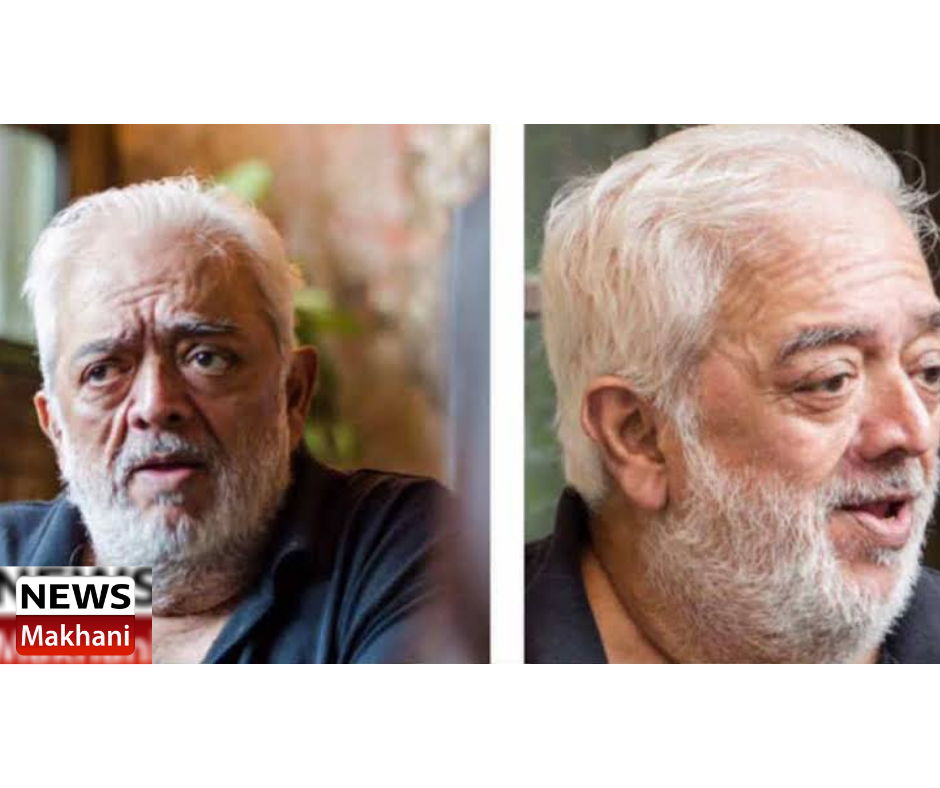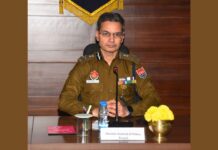Rahul Rawail at IFFI 51
Panaji, January 18th
The 1970s saw influx of new ideas, new experiments and a new genre of action films in Hindi cinema. Those were the golden years for unconventional films and emergence of new techniques, said acclaimed film-maker Rahul Rawail, in an online ‘In-Conversation’ session on “Filmmaking in 50s, 60s and 70s”, at the 51st International Film Festival of India (IFFI) today, as he took the virtual delegates through a marvellous journey of the evolution of Hindi film industry over the years. Recalling his cinematic journey, the film maker said: “I started working in this industry from the late 60s and began my career as an assistant to the legendary Raj Kapoor. Stalwarts like K. Asif and Mehmood made films with magnificient sets in the 60s, after which Baburam Ishara’s ‘Chetna’ in the 70s “brought about a revolution” with shootings done on location over 25-30 days, “something which was unusual in those days”. “ He said that Vijay Anand’s film, Dev Anand starrer ‘Johnny Mera Naam’ also gave rise to the new form of action made, big plot films in that period. The golden 70s when business was growing fast in the Hindi film-industry saw an ‘unconventional hero’ played by Amitabh Bachchan in Zanjeer. It gave birth to the image of ‘angry young man’, a newly established brand back then. Nasir Hussain’s ‘Yaadon Ki Baaraat’ (1973) which saw the coming of Salim-Javed had a great script, says Rawail. Raj Kapoor’s ‘Bobby’ which introduced Rishi Kapoor and Dimple Kapadia also started a new trend. “These films were bringing in a change and adding to the whole palate of film-making”, opines Rawail. Remembering Rishi Kapoor, Rawail says, he was an underrated actor. Another star, Jeetendra also came in with a new appeal and new style in the world of Hindi cinema. Rawail also remembers that ‘Deewar’ – a brilliantly toned film took Yash Chopra to great heights in that period. Yash Chopra went further with more memorable films like Trishul. Rawail remembers, “In those days there use to be a healthy competition among the film stars. Every actor was rising above each other, but there was no rivalry”. He recalls how the three stalwarts – Raj Kapoor, Dev Anand and Dilip Kumar came across each other in a restaurant and started talking like intimate friends about the old days and each other’s films. He tells another interesting story of how the great Sachin Dev Burman politely said that doing music for ‘Laila Majnu’ is not for him and recommended Madan Mohan for it. The music directors, great singers and lyricists would sit together with directors and get to know the story and also the actor who would lip-sync, all for adding perfection to the film. Rawail recalled another great film, L V Prasad’s ‘Ek Dujhe Ke Liye’ where “a hero who did not speak Hindi and spoke only Tamil and an actress who spoke only Hindi and not Tamil” did a love story. “People were inventing and doing different kinds of works”, he says. Audience were also experiencing new kinds of movies. It did the 80s when more new people came in, although the old-guards were still there. The 80s saw the coming of stalwarts like Subhash Ghai and Shatrughna Sinha, among others. When Rawail made Arjun in that period, it again started a new trend of having no story, but only character. He recalls that Javed Akhtar wrote the script for ‘Arjun’ at a stretch in 8 hours. Rawail also made Amjad Khan, who was popular for playing villains, do a comic role. Though many people were sceptical about this decision, Rawail remembered his guru Raj Kapoor’s advice that ‘a great script would always work’ and went on with it. At the end, Rawail said, 70s and 80s were the period when this industry grew a lot, but it is still growing.

 हिंदी
हिंदी






